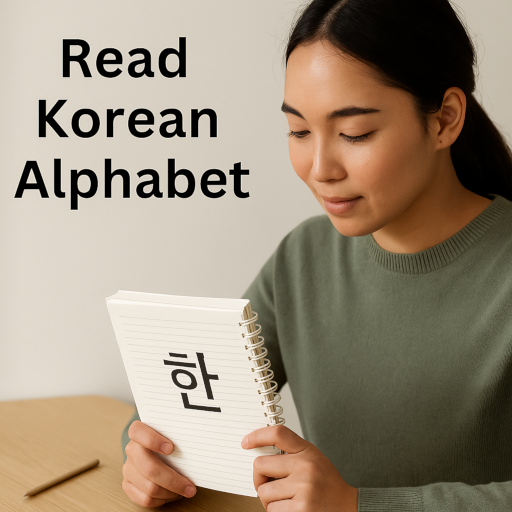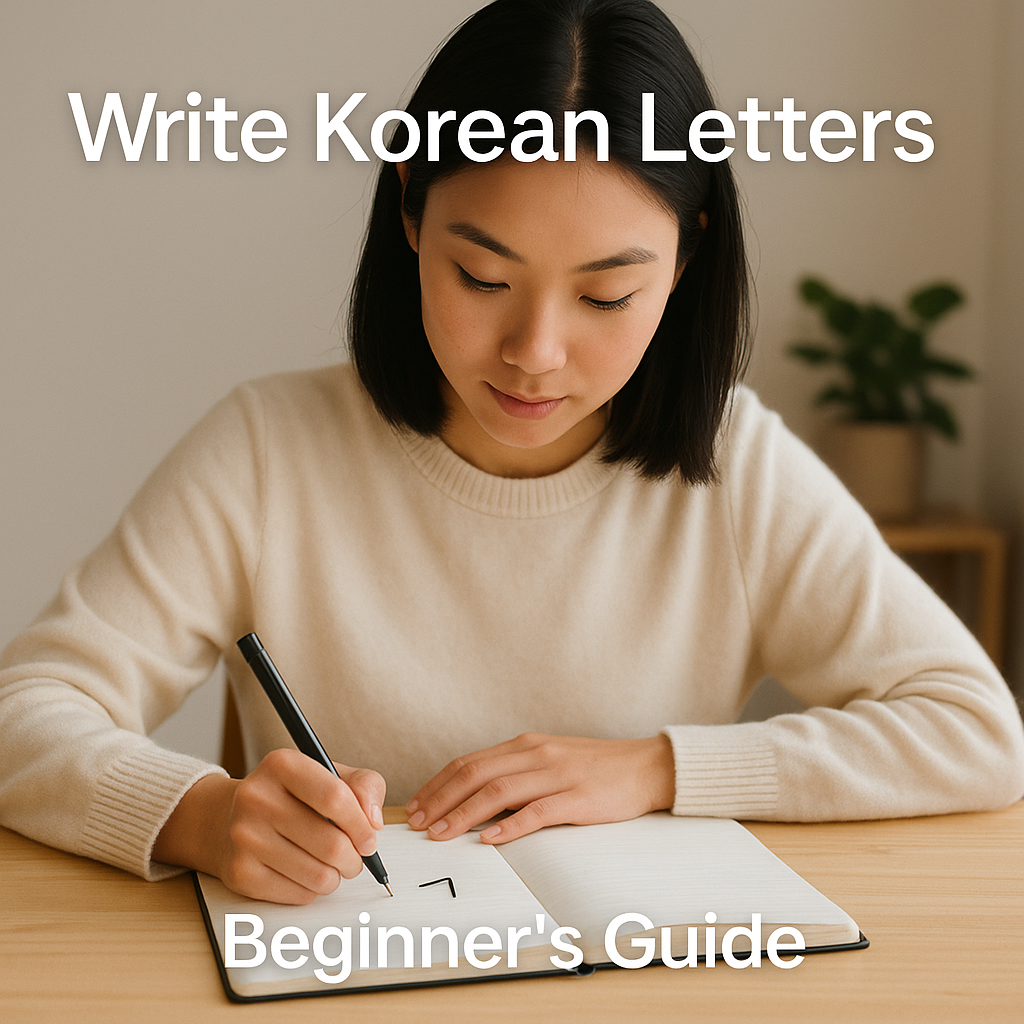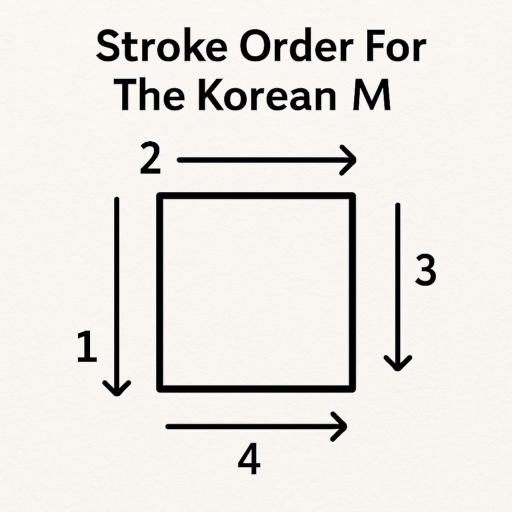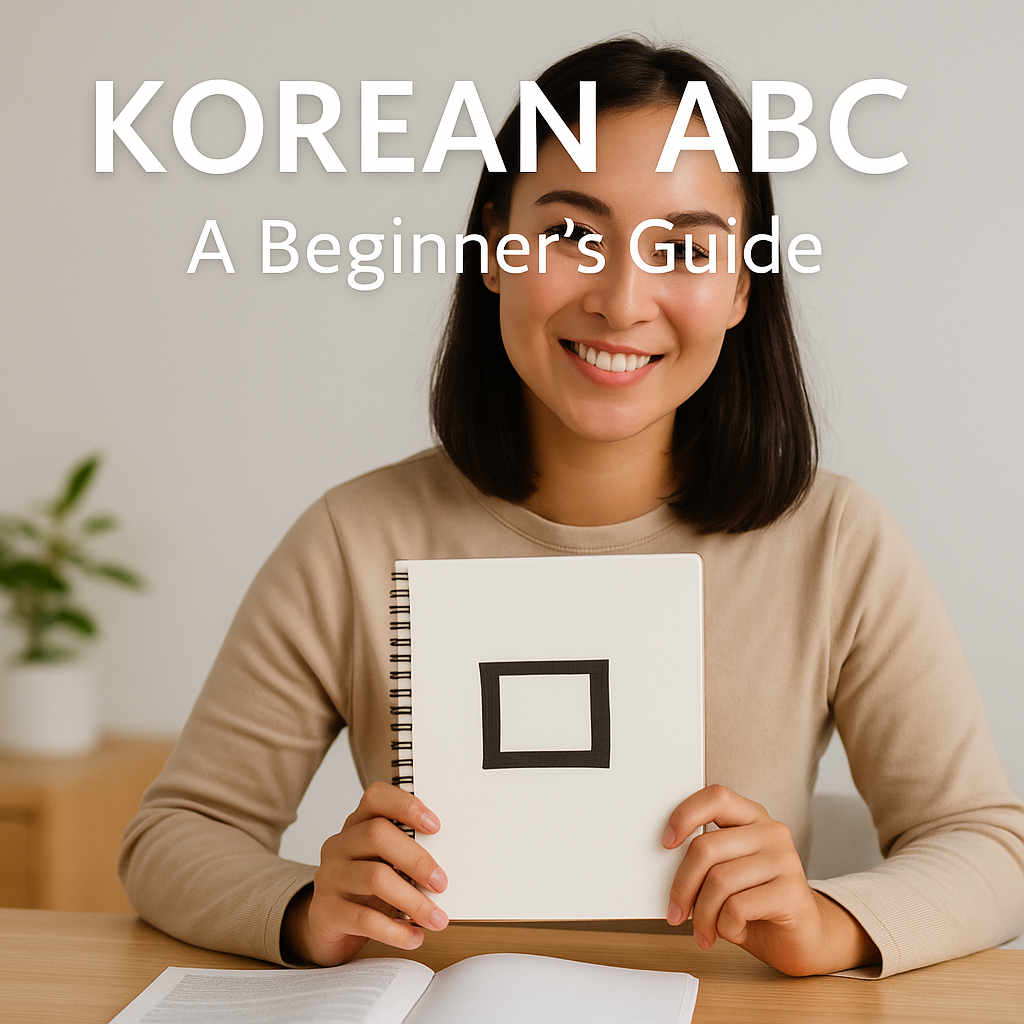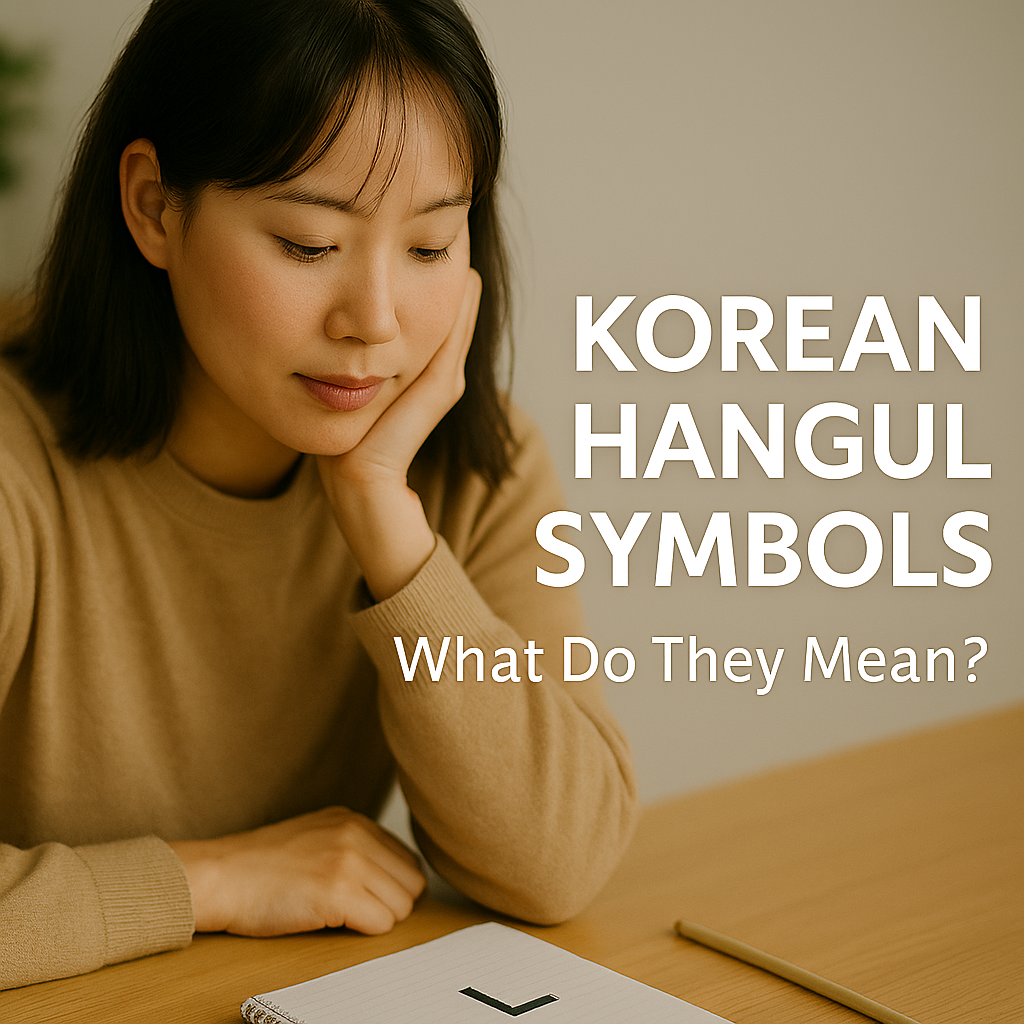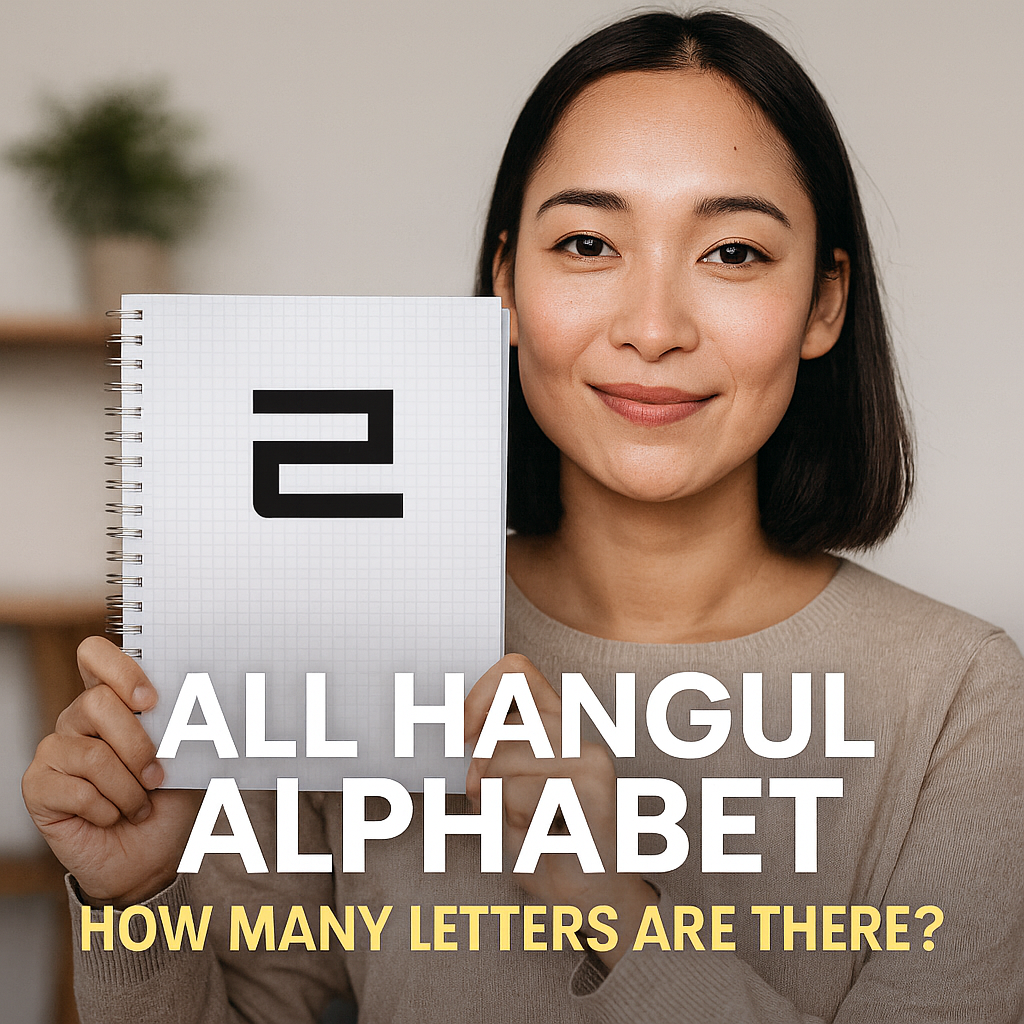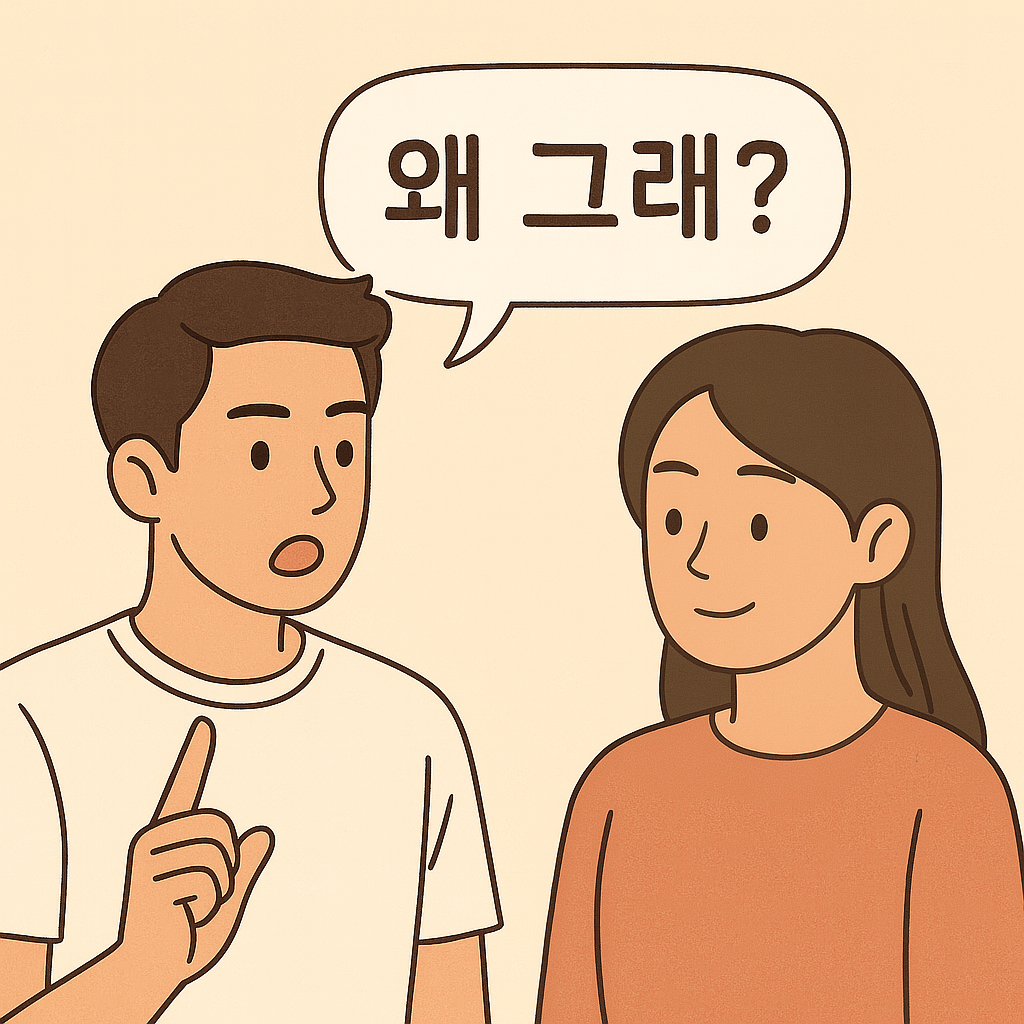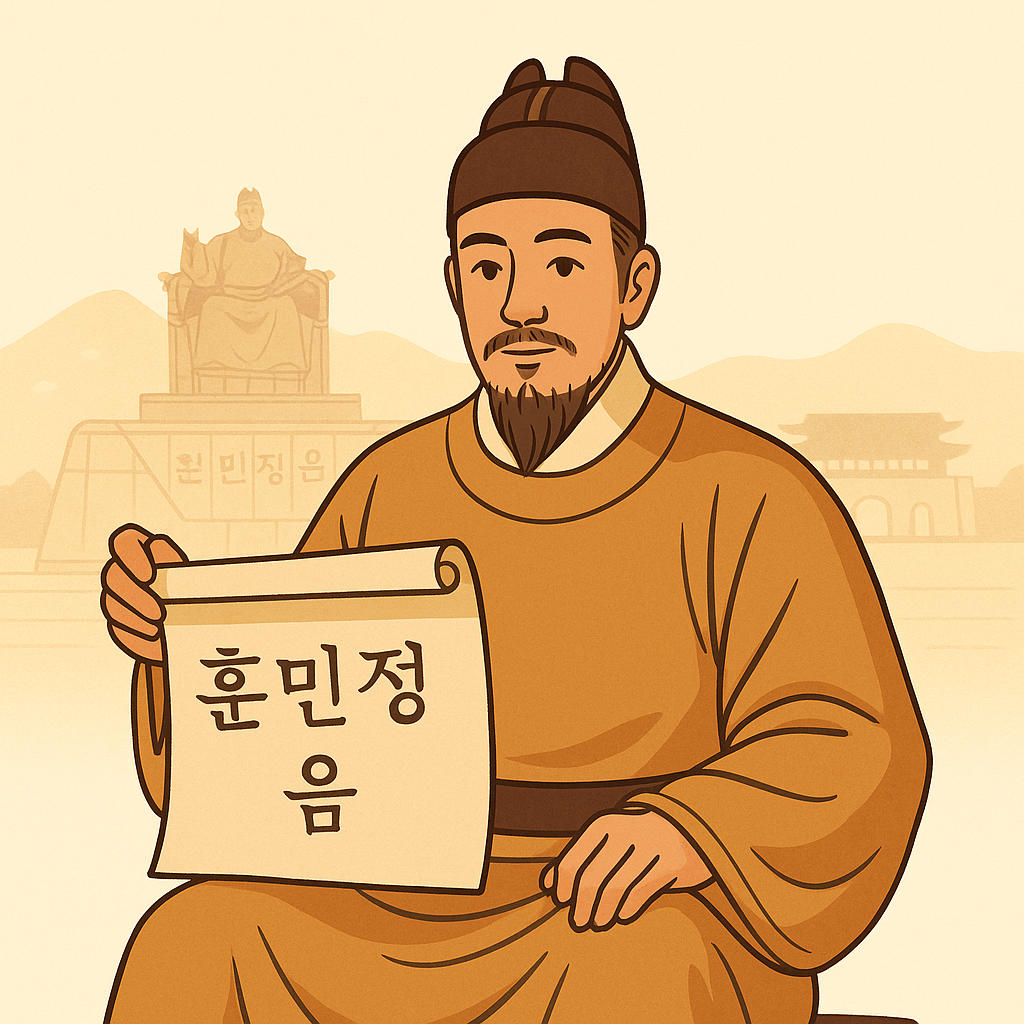Learn to Read Korean Alphabet Blocks (Hangul Made Simple)
Once you’ve learned the basic Korean alphabet letters, the next step is learning how to read Korean alphabet blocks. This is where Hangul becomes truly unique. English speakers write their letters in a straight line. However, Koreans group their letters together into blocks that form syllables.
For example:
- 한 is one block with the formula ㅎ (h) + ㅏ (a) + ㄴ (n).
- 글 is one block with the formula ㄱ (g/k) + ㅡ (eu) + ㄹ (l/r).
When combined, you get 한글 (Hangul) — the name of the Korean alphabet itself.
How Korean Blocks Work
Every block has up to three parts:
- A consonant at the start.
- A vowel that can be placed to the right or underneath.
- Optionally, a final consonant at the bottom.
This simple system allows you to build words from just 24 basic letters and a few extra combinations.
Why This Matters
In fact, learning to read Korean alphabet blocks is the turning point where letters stop being random symbols and start making sense as words. Once you understand block structure, you can begin to read menus, signs, and even K-Drama subtitles phonetically, even if you don’t yet know every meaning.
Take the Next Step To Read Korean Alphabet Blocks
So, you don’t need to memorize thousands of characters. With Hangul, the logic is built in. Once you can read blocks, you can read Korean.
Quick Practice Tips
To get comfortable reading Korean alphabet blocks, start small. Practice with two-letter words like 나 (na) or 고 (go) before moving to three-letter blocks. Write the letters out while sounding them aloud, and repeat with subtitles from your favorite K-Drama. Consistency matters more than speed — just five minutes a day will build recognition quickly.
👉 Want a clear guide through all the letters and sounds? Start with our Hangul Essentials Course and learn the full system step by step.

